Yamanobe no Michi Trail: Japan’s Oldest Road
Hiking in Japan is both really easy and very fun. With many mountains and well-maintained trails, everyone from young to old can enjoy an invigorating hike. One of the most famous and popular hiking trails in Nara is the Yamanobe no Michi.
About the Yamanobe no Michi Trail
The Yamanobe no Michi trail runs along the base of the mountains on the east side of the Nara Basin. This trial is even mentioned in several famous ancient Japanese texts, such as the Kojiki. Also, many poems in the Manyoshu, a poetry collection compiled in 729, write about the distinct beauty of the trail. There are also many old temples and even a burial mound along the trail.
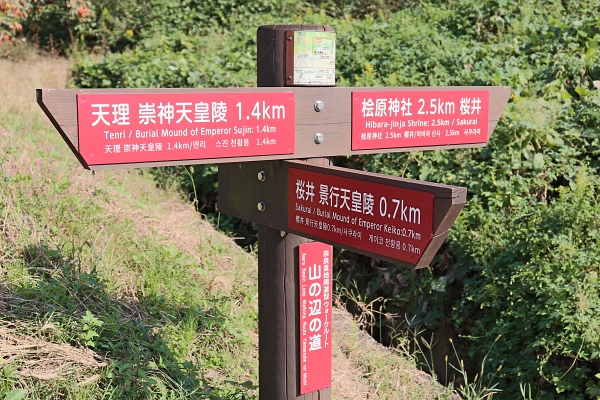
Yamanobe no Michi starts at the base of Mt. Kasuga in Nara City and ends at the foot of Mt. Miwa in Sakurai City. In total, the trail is 26km (16.16 miles) long. While the north part is 10km long from Shin-Yakushiji Temple to Isnokami Shrine, the southern part of the trail is 16km (10 miles) long and goes from Isonokami Shrine to Mt. Miwa.
The southern trail takes 3-4 hours and many people hike it, enjoying the beauty of this ancient countryside.
Since the southern part of the trail is the most popular, we are going to focus on that part of the trail.
Hiking the Yamanobe no Michi Trail
Once you get off at Tenri, head to Isonokami Jingu.
Lots of people make a beeline straight to Isonokami Jingu, but we recommend taking some time to explore Tenri. Tenri is home to Tenri-kyo, a branch of Shinto that originated roughly 100 years ago. Since the main shrine for Tenri-kyo is in Tenri, people from all over the country come here to pray.
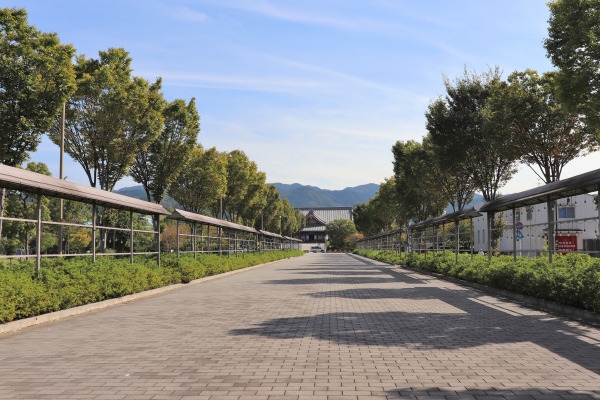
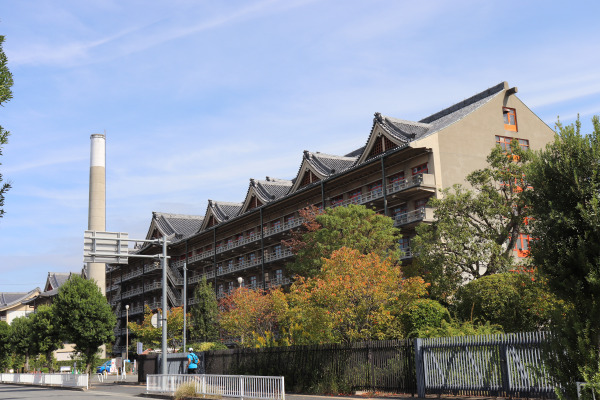
Isonokami Jingu is only 10 minutes from Tenri-kyo’s main shrine and is one of the most famous temples in Nara. Definitely explore it too before starting the trail!
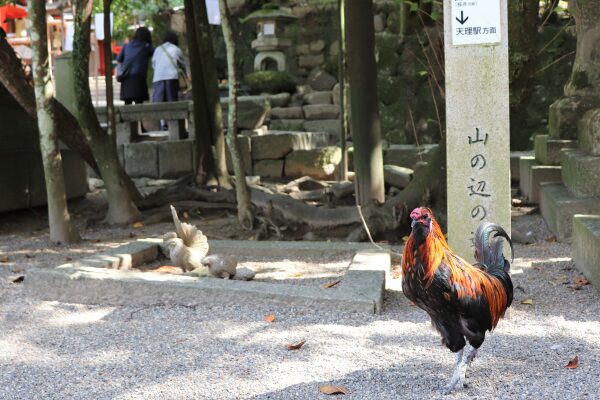
We wrote a separate article about Isonokami Jingu, so you can read up on the shrine here. Yamanobe no Michi starts right next to the chicken coop.
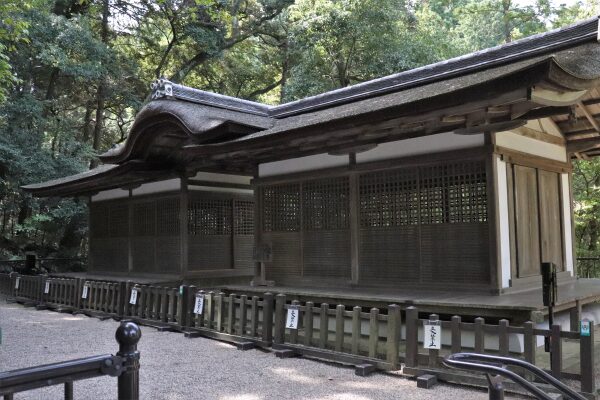
Yamanobe no Mich Trail
To Yotogi Shrine
I think I will let the pictures do the talking here.
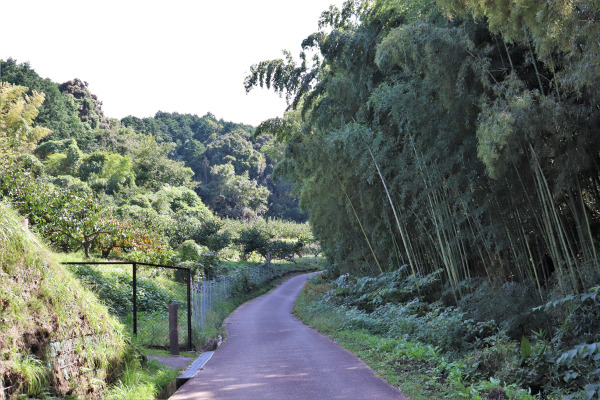
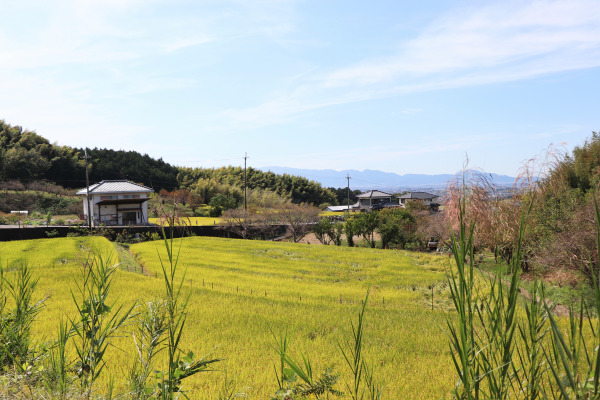
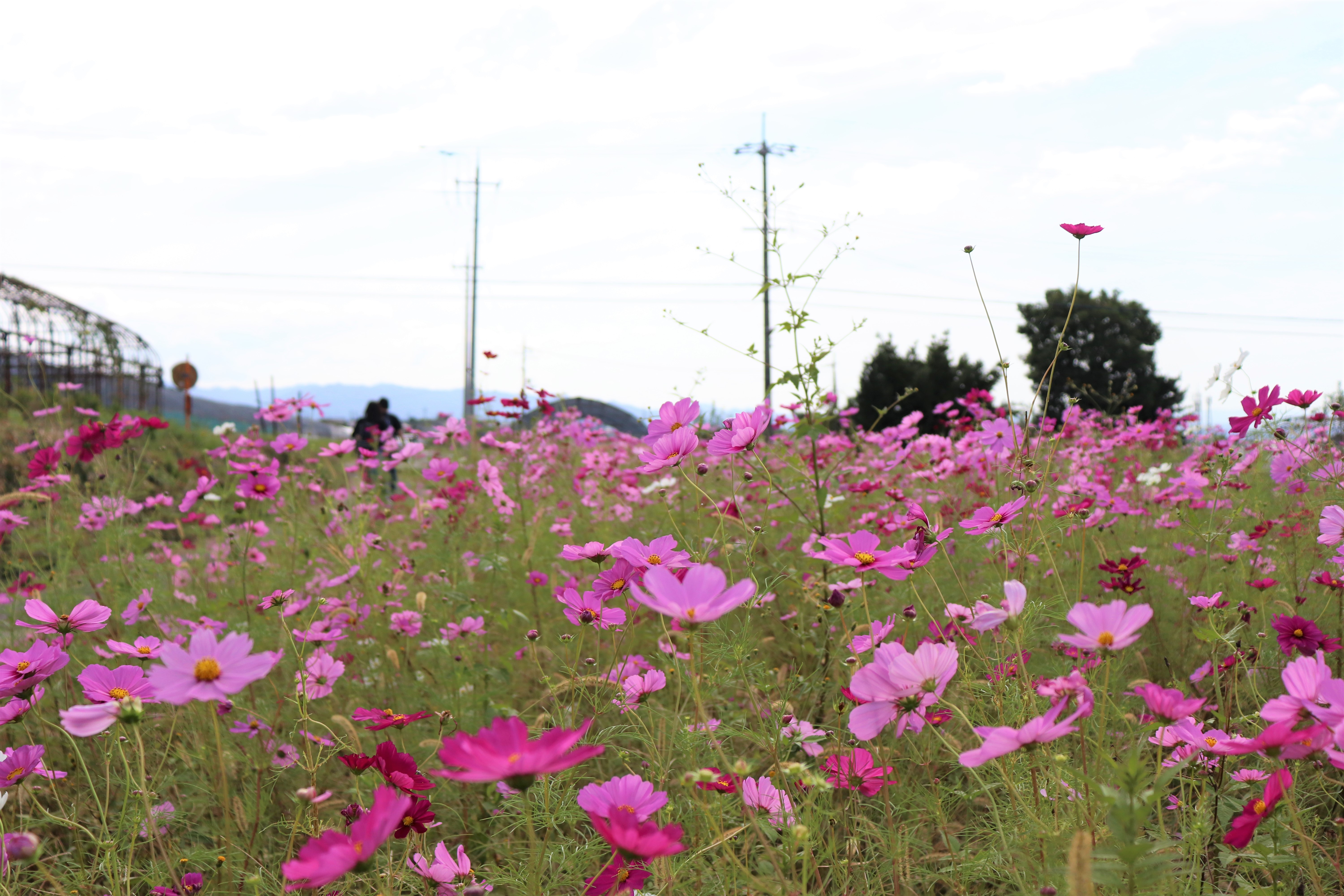
If you decide to hike the Yamanobe no Michi in the fall, you will have the pleasure of walking through many persimmon farms. The colorful bursts of orange add a certain charm to the scenery.
There are even many farm stands where you can buy said persimmons. They’re cheap too! I would recommend waiting till the end of the trail to buy them though, since they may be a bit heavy.
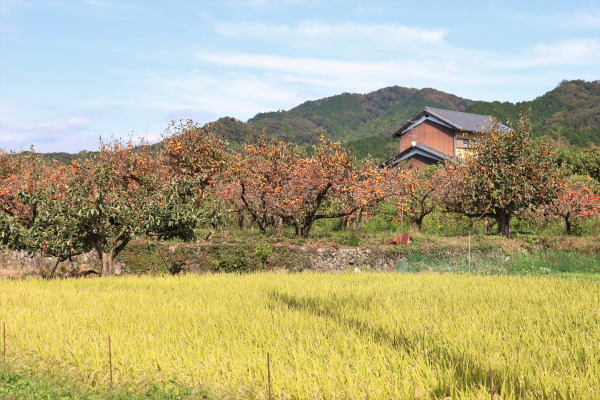
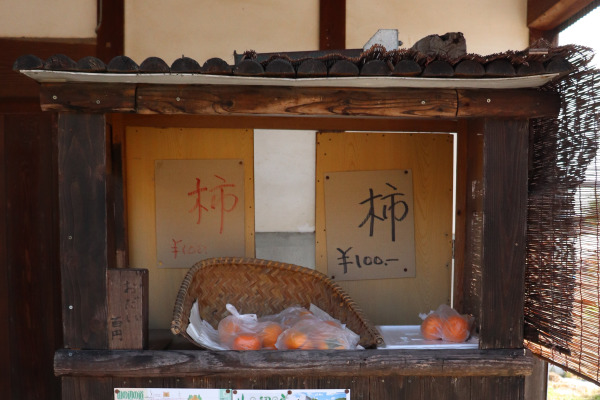
The first shrine you will encounter is Yotogi Shrine which enshrines the Kasuga gods, the same gods in Kasuga Taisha. The haiden of Yotogi Shrine has a very interesting thatched roof.
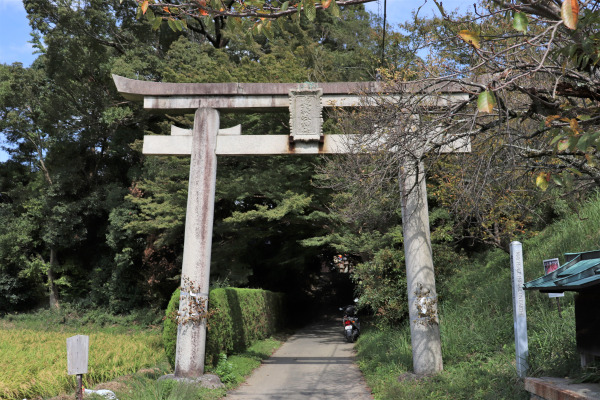
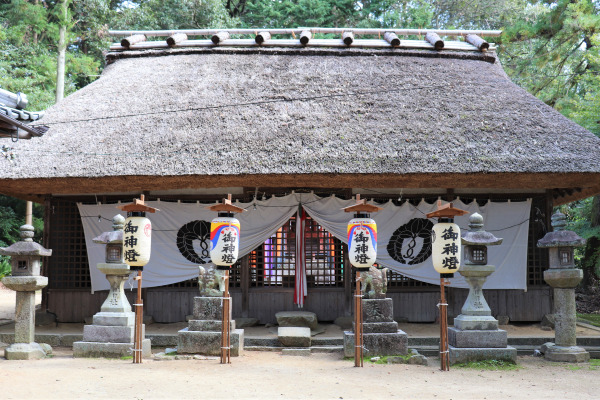
Kofun and Mt. Miwa
The kofun, or burial mound, of Emperor Suijin is one of the most important historic sites along the trail as he is the first emperor that was confirmed to exist. As you might know, first several emperors in Japan is more like mythological figures.
After the burial mound, you will be in the home stretch!
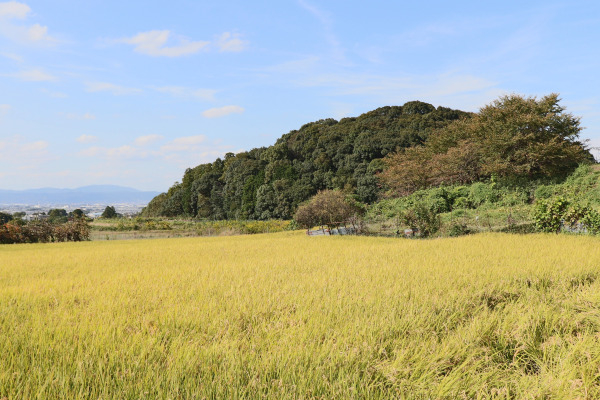
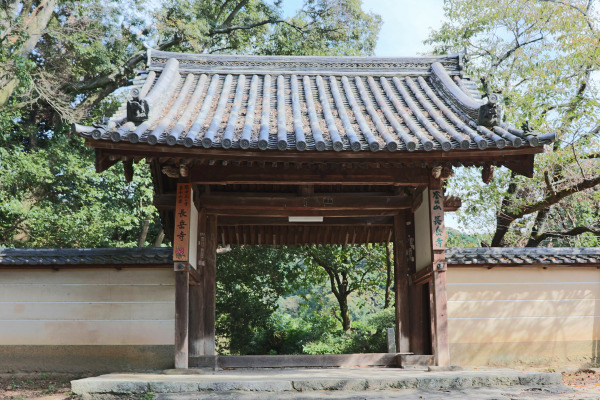
On the left side of the trail, one continuous mountain spans from north to east as if it forms like a natural fence, historically known as Aogaki. This name comes from the famous poem read by Yamato Takeru in the Kojiki who at the moment of his death reflected on his birthplace, Nara.
“倭は国のまほろば たたなづく青垣 山隠れる 大和し美し”
(Yamato is a place of splendor. Surrounded by the endless mountains, Yamato is so beautiful.)
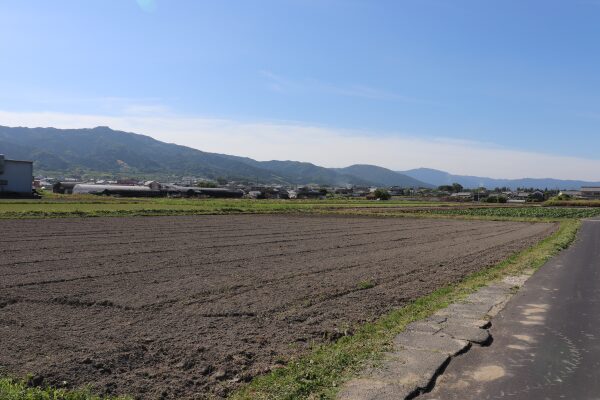
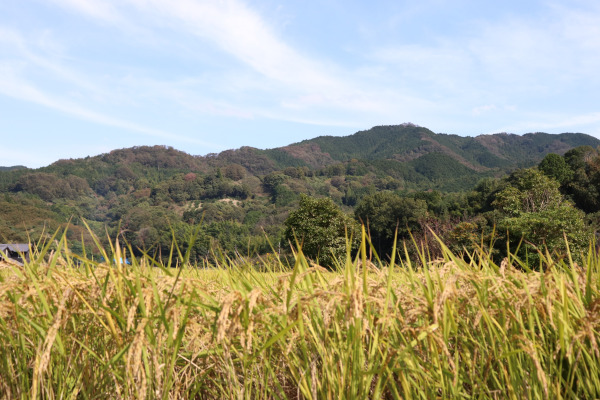
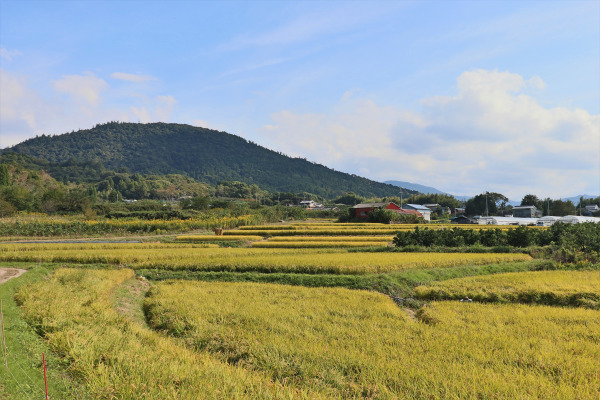
Makimuku Ruins and Omiwa Shrine
About the last 1/3 of the trail is a very small shrine, but it’s pretty interesting! Allegedly, this shrine is where Nomi no Sukune and Taima no Kehaya held Japan’s first-ever sumo match! Nomi no Sukune the 13th head priest of Izumo Taisha defeated his opponent with a fierce kick to the ribs, ultimately killing him.
Maybe that is why there is no kicking in sumo today. Fittingly, the shrine’s official name is Sumo Shrine.
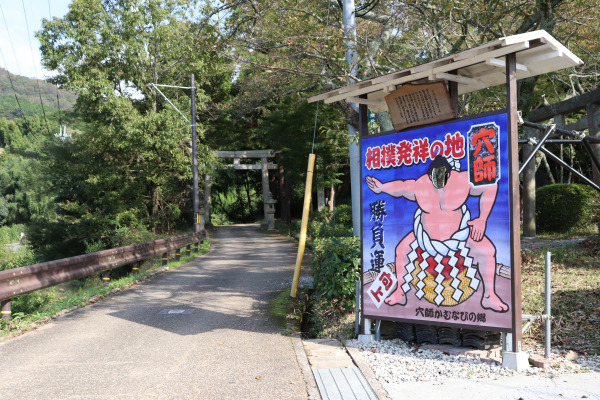
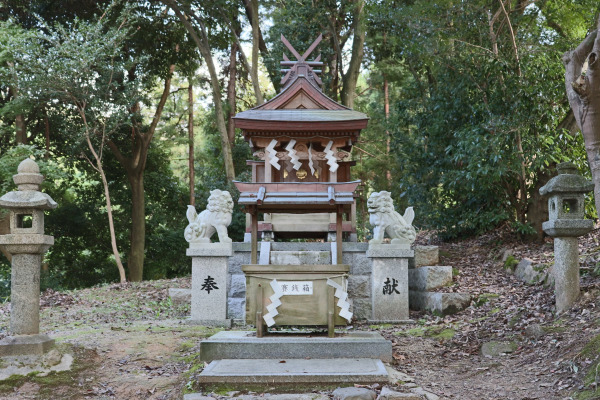
In front of the Sumo Shrine, you can get a good view of the Makimuku Ruins, where records indicate the Yamatai Kingdom once stood.
Maybe its ruler, Himiko once came here to view the vastness of her kingdom. Anyway, let’s go back to the trail once again. We’re nearly done!
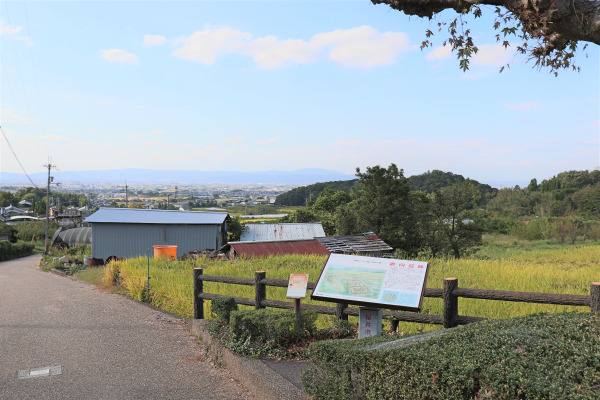
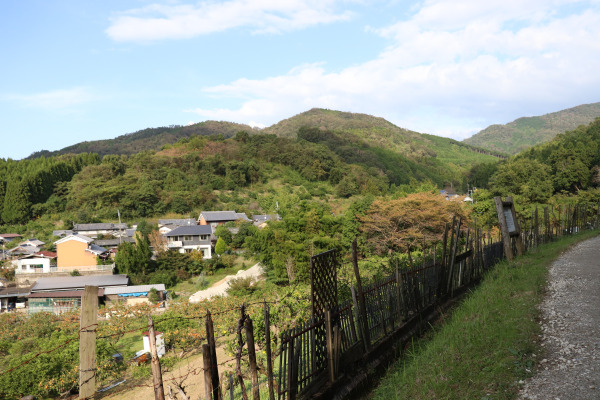
After a little bit more walking, you will see Hibara Shrine. Hiraba Shrine is the very first shrine that enshrined Amaterasu before Ise Jingu was made.
From Hibara Shrine you can see the Hashihaka Kofun, which has a high possibility of being the grave of the Yamato Kingdom’s ruler, Himiko.
I think that this area is very special. In one spot is the grave of Himiko, Amaterasu’s first shrine, and behind it all is Sacred Mt Miwa where Omononushi, one of the main gods in Kojiki, is enshrined.
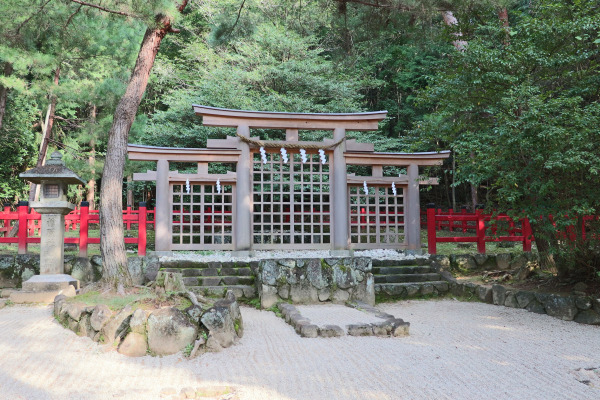
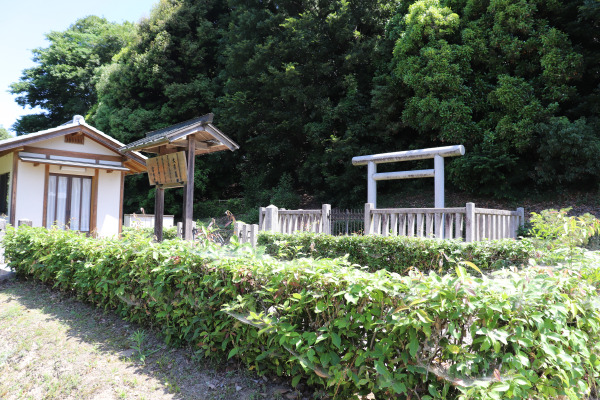
After another 20 minutes, you will (finally) be at Omiwa Shrine. Make sure to drop by and pray! For all the details of the shrine, you can read more here.
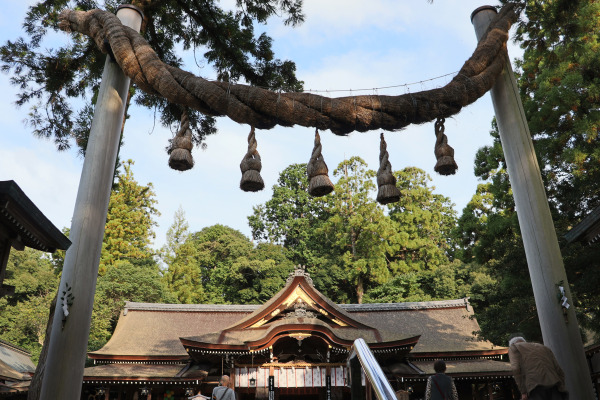
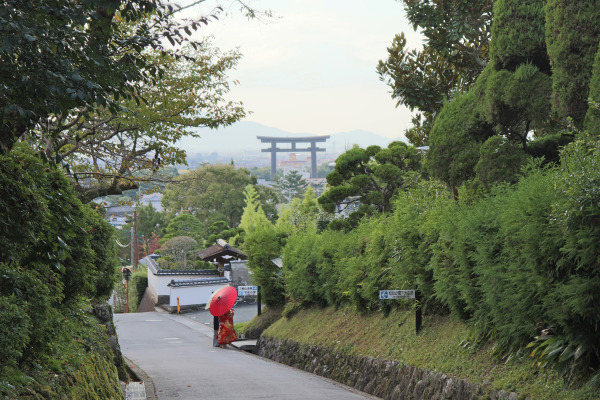
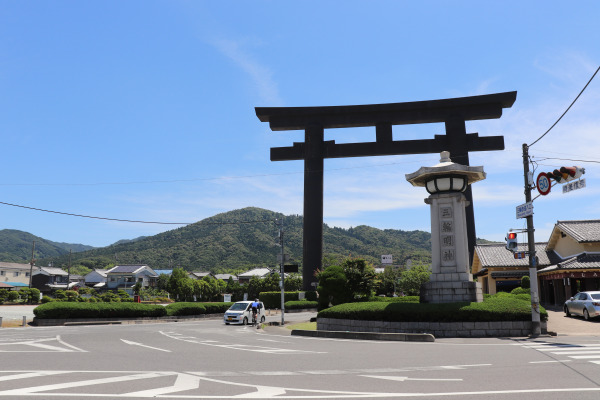
End of the Trail
After visiting Omiwa Shrine, you can go straight to JR Miwa Station, but to fully complete the trail completely you have to walk another 30 minutes to Tsubaichi.
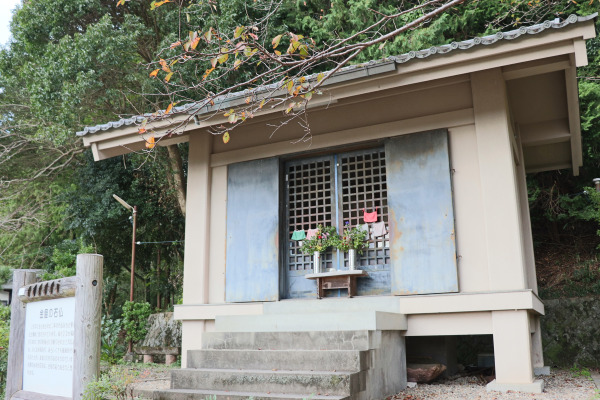
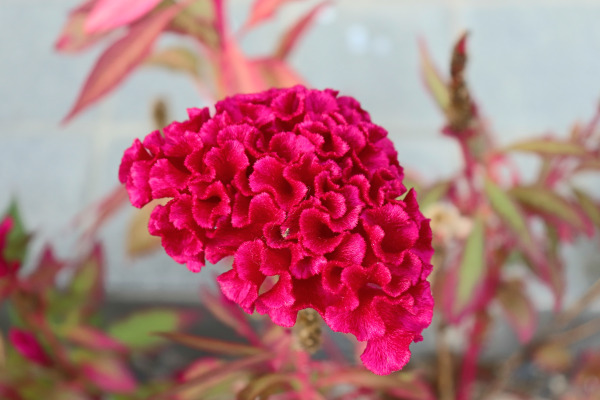
Finally, we arrived at Tsubaichi, the final stop of the Yamanobe no Michi. This is where many important ancient roads such as Ise Kaido for Ise, Kami Kado for Nara and Hase Kaido for Hase-dera intersect. Also, this area is upstream of the Yamatogawa River. In ancient times, many people visiting Japan from China or Korea would switch to a smaller boat here to visit the capital in Nara.
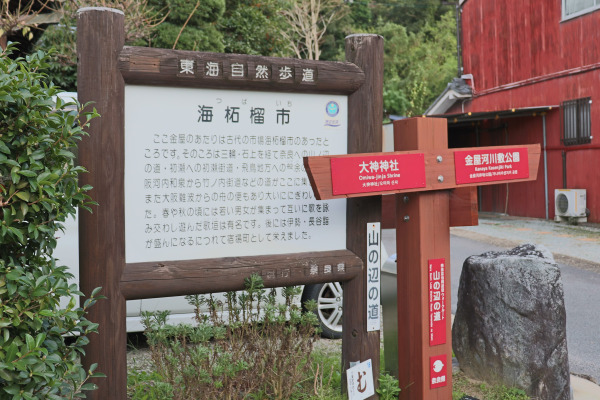
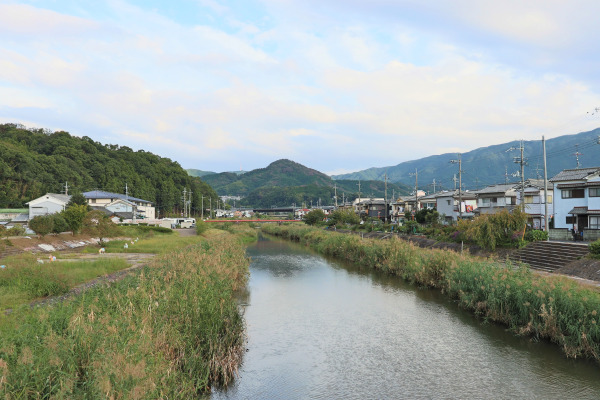
That is it; mission complete! This is the end of the Yamanobe no Michi trail. From here to Sakurai station is 20 minutes away. Phew!
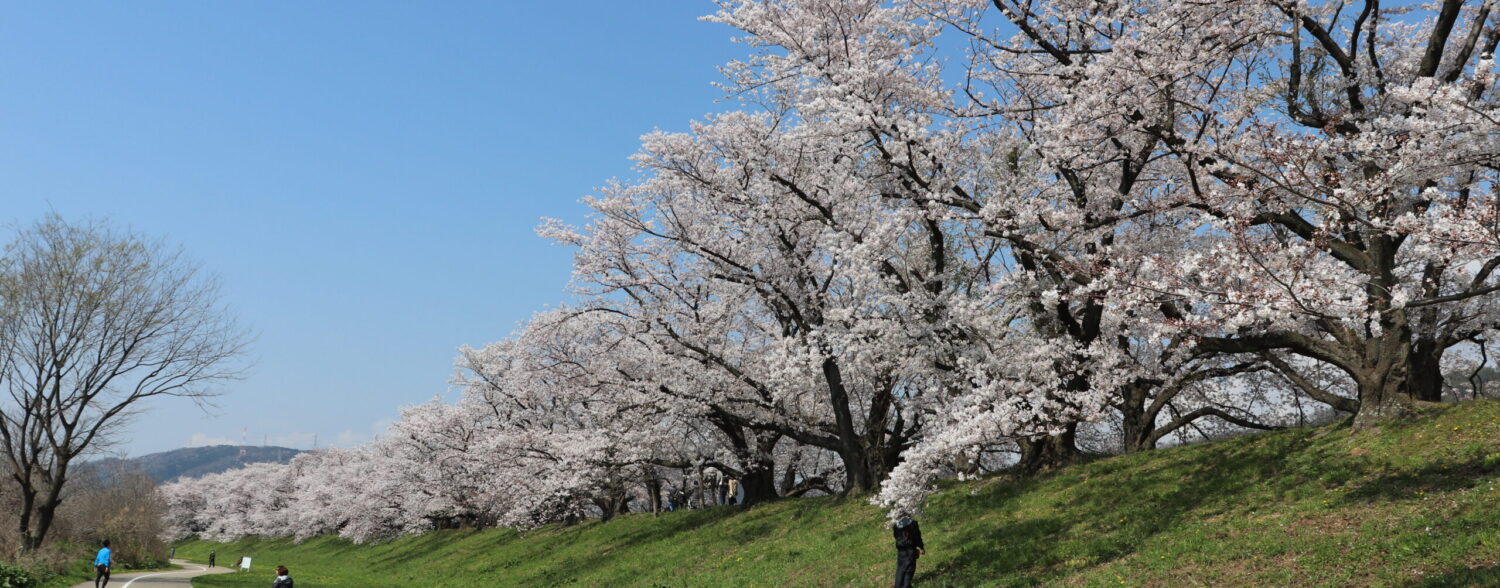
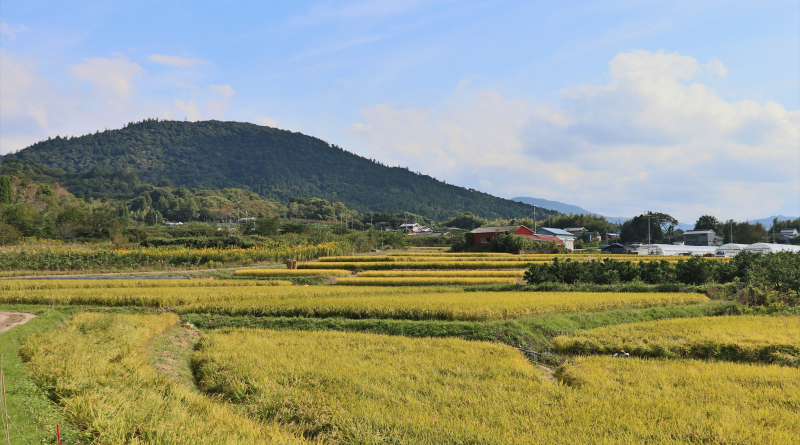
Leave a Reply